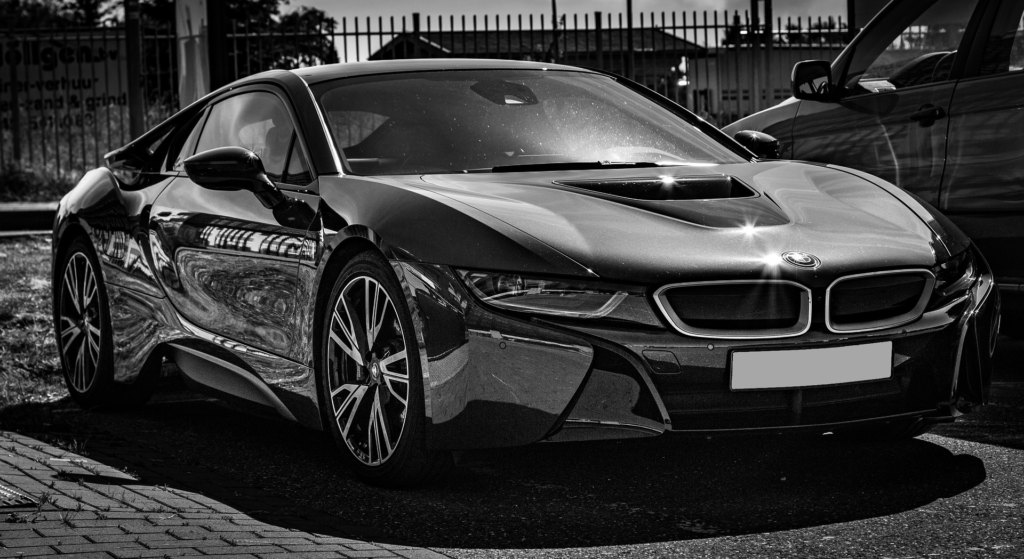From infrastructure support to growing EV users, Hungary is quickly becoming a key player in the Electric Vehicles revolution. With the global trend of sustainability improvement extending across borders, Hungary finally aims to become fully compliant with the European Union (EU) regulations calling for emission reduction and the advent of sustainable mobility practice.
Policies and Incentives for Government
To promote the expansion of electrically powered vehicles, the Hungarian government has also introduced several policies and incentives. Some of the more highlights of the initiatives are:
Subsidies and Grants:
Tax allowances in the tax policy of individuals and companies for the purchase of electric vehicles, with subsidies up to 2 million 500 thousand HUF.
Tax advantages such as no registration tax and lower company car tax.
Increase in Charging Infrastructure:
As a result, the government and private enterprises are investing big money into expanding EV charging grids.
The expanding EV market in Hungary is attracting investments to install thousands of new charging stations by 2030.
Zero-Emission Zones:
Budapest low-emission zones were planned in major cities to clear up air pollution and encourage non-polluting vehicles
Electric Vehicle types in Hungary
The second largest proportion of electric vehicles in Hungary is registered for larger types of electric vehicles. The main categories include:
BATTERY ELECTRIC VEHICLES (BEVS):
Plug-in electric vehicles that have battery power only, like the Tesla Model 3 and Nissan Leaf.
Plug-in Hybrid Electric Vehicles (PHEV):
Internal combustion engine vehicles paired with an electric battery such as the BMW 330e and Mitsubishi Outlander PHEV, giving them more flexibility.
Hybrid Electric Vehicle (HEV):
These cars combine an electric motor with a gas-powered engine and can’t be plugged in, like the Toyota Prius Hybrid.
Electric Buses And Commercial Vehicles:
More and more applied to public transport and logistics to lower emissions and operating costs.
Number of Electric Vehicles in Hungary
Hungary has seen a sudden surge in electric vehicles on the roads of the country, at least according to more recent reports. There are more than 50,000 registered EVs on the road now in the country, and that figure is growing with various government incentives and infrestructure developments. A gradual-transition toward electrification is underway, driven by the ascendancy of environmentally friendly transportation solutions.
Market Growth and Trends
In the last years, the Hungarian EV market has seen several factors contributing to its growth:
Increased Consumer Awareness: More citizens are being made aware of the environmental and economic benefits of electric vehicles.
Various affordable EV models: Leading manufacturers such as Tesla, BMW and Volkswagen have introduced budget-friendly variants.
Corporate Adoption: Companies are adding to fleets with electric vehicles to achieve sustainability targets and lower operational costs.
Charging Infrastructure
Today there are a well-developing charging network in Hungary with:
Fast-Charging Stations: Along major highways and urban centers.
How to make it happen?Public Charging Points: adding in instances residential area, shopping malls, places of work
Smart Charging solutions: The transition into smart charging systems to manage power consumption and grid loading.

Electric Vehicles in Hungary
Obstacles and Future Directions
Despite a healthy growth, there are numerous hurdles for Hungary on its EV transition:
The initial cost is high: Energy subsidies definitely intend to make this technology available to everyone: However the high initial cost of an electric vehicle makes it inaccessible for a many of consumers.
Rural charging accessibility: Non-urban areas cannot, in part, meaningfully compete with urban centers for EVs without EV charging.
Battery Recycling: The industry must establish effective recycling systems for EV batteries to mitigate environmental impact.
As the forecast for the market suggests, there will be a number of factors driving the growth of Hungary’s EV market: ongoing support from government, technological improvements, and increased public interest. Infrastructure improvements and innovative solutions and sustainability in the long term will be the focus.
Conclusion
Hungary 흔적국수화가 전하는 전자기동차체 기반 다가 독립화 된 다국가가 되고 있다. Thanks to some forward-looking policies, rapid developments in tech, and growing demand in the marketplace, Hungary is on track for greener, more sustainable future во. The government, industry stakeholders, and consumers will need to work together to overcome challenges and unlock the potential of this revolution in EV.



Pingback: Driving License in Hungary: A Comprehensive Guide - Tech Master Online